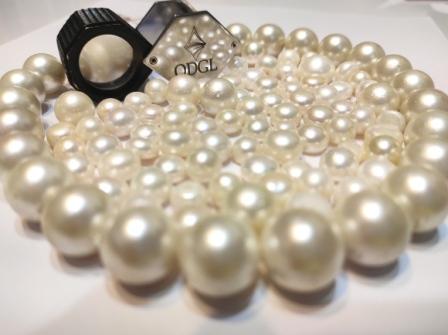Pearl
PEARL
Pearls are formed inside the shells of certain mollusks, such as oysters and mussels. When an irritant, such as a piece of sand or a parasite, enters the shell, the mollusk secretes a substance called nacre to coat the irritant. Over time, layer upon layer of nacre accumulates, forming a pearl.
Pearls come in a variety of shapes, sizes, and colors, ranging from white to black, pink to purple. The value of a pearl is determined by its size, shape, color, luster, and surface quality.
Pearls are harvested from oyster farms around the world, with the majority of pearls coming from China, Japan, and Australia. The process of harvesting pearls involves opening the oyster shell, removing the pearl, and then either releasing the oyster back into the water or keeping it for future pearl production.
Overall, pearls are a fascinating and beautiful natural wonder, with a rich history and many believed benefits. Whether you wear them for their astrological properties or simply for their aesthetic appeal, pearls are sure to add a touch of elegance and sophistication to any outfit.
Pearls have been used for centuries in astrology and are believed to have a variety of benefits for those who wear them. Some astrologers believe that pearls can help to balance emotions and promote calmness and serenity. Pearls are also thought to be associated with purity and innocence, making them a popular choice for brides on their wedding day. Additionally, pearls are said to have healing properties and may help to improve digestion, reduce stress, and promote better sleep. Whether you believe in the power of astrology or not, there's no denying the beauty and elegance of a pearl. So, if you've stumbled upon a pearl like the one you found on your beach trip, turning it into a piece of jewelry could not only be a way to showcase its natural beauty but also potentially bring some positive energy into your life.






